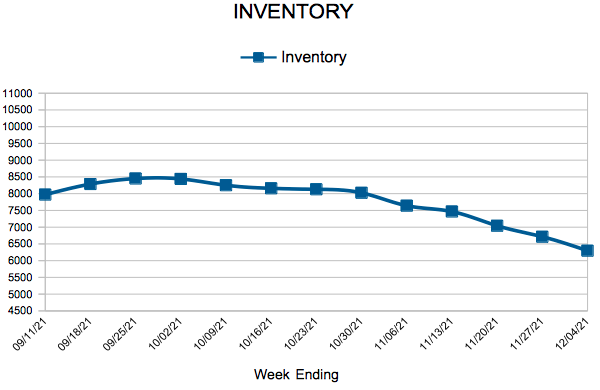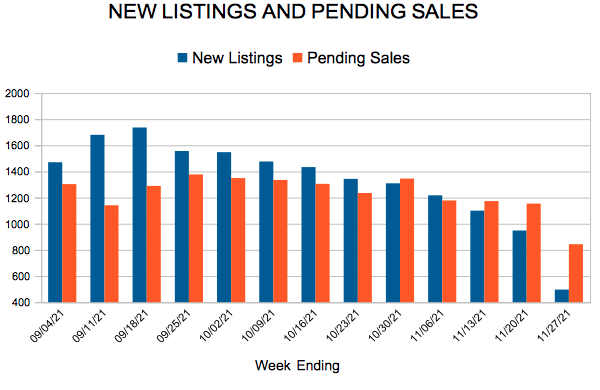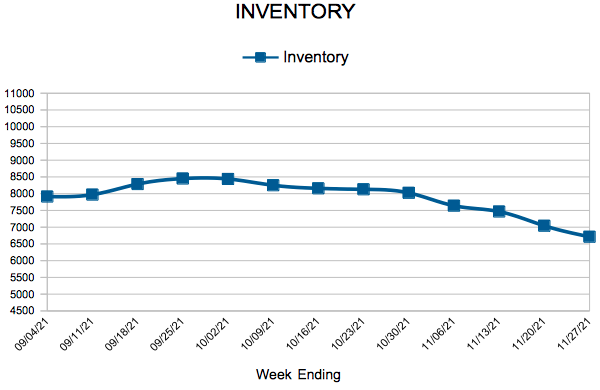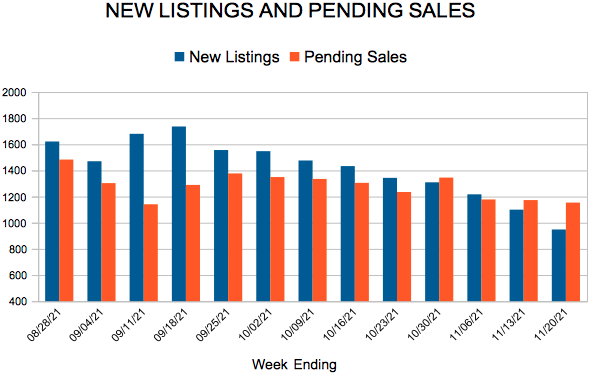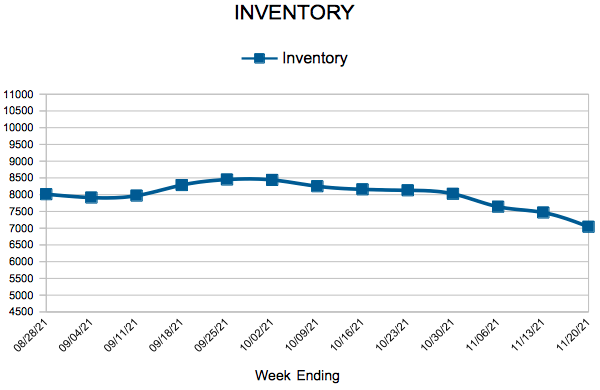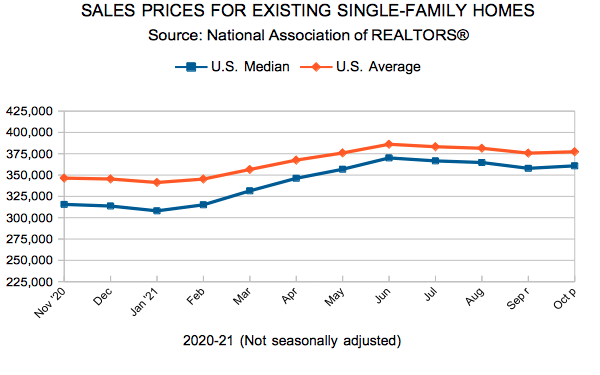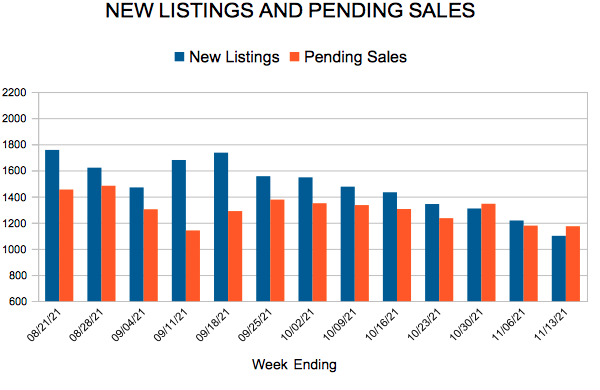- « Previous Page
- 1
- …
- 90
- 91
- 92
- 93
- 94
- …
- 148
- Next Page »
Weekly Market Report
 For Week Ending December 4, 2021
For Week Ending December 4, 2021
The latest REALTORS® Confidence Index Survey found that, nationally, sellers of homes that closed in October saw 3.7 offers on average, which was up from 3.4 offers on average a year ago. The survey also found the typical buyer had made two unsuccessful offers before securing their new home, and that first-time buyers accounted for 29% of existing-home buyers, down from 32% a year ago. Cash purchases rose to 24% of sales from 19% one year ago, and non-primary residence buyers (investors and second home buyers) rose to 17% from 14% in 2020.
IN THE TWIN CITIES REGION, FOR THE WEEK ENDING DECEMBER 4:
- New Listings decreased 1.0% to 860
- Pending Sales decreased 12.5% to 907
- Inventory decreased 16.1% to 6,297
FOR THE MONTH OF OCTOBER:
- Median Sales Price increased 7.9% to $340,000
- Days on Market decreased 22.9% to 27
- Percent of Original List Price Received decreased 0.2% to 100.3%
- Months Supply of Homes For Sale decreased 17.6% to 1.4
All comparisons are to 2020
Click here for the full Weekly Market Activity Report. From MAAR Market Data News.
New Listings and Pending Sales
Inventory
Weekly Market Report
 For Week Ending November 27, 2021
For Week Ending November 27, 2021
With showings, contract signings, and closed sales remaining strong throughout fall, experts are expecting an especially busy housing market this winter, as buyers rush to beat rising rental prices and anticipated increases in mortgage rates. Total existing home sales will top 6 million in 2021, the highest level in 15 years, according to the National Association of REALTORS®, who predicts home prices will continue to increase in 2022, albeit at a gentler rate compared to the recordsetting pace of this year.
IN THE TWIN CITIES REGION, FOR THE WEEK ENDING NOVEMBER 27:
- New Listings decreased 15.8% to 496
- Pending Sales decreased 0.8% to 843
- Inventory decreased 15.7% to 6,714
FOR THE MONTH OF OCTOBER:
- Median Sales Price increased 7.9% to $340,000
- Days on Market decreased 22.9% to 27
- Percent of Original List Price Received decreased 0.2% to 100.3%
- Months Supply of Homes For Sale decreased 17.6% to 1.4
All comparisons are to 2020
Click here for the full Weekly Market Activity Report. From MAAR Market Data News.
New Listings and Pending Sales
Inventory
Weekly Market Report
 For Week Ending November 20, 2021
For Week Ending November 20, 2021
Consumer credit scores have risen since the beginning of the pandemic, according to FICO CEO William Lansing in a recent interview with MarketWatch. The average score across all segments rose eight points to 716, while consumers with scores below 600 saw a larger average increase, rising from 581 in April 2020 to 601 today. Pandemic-related relief programs and a decrease in consumer spending early in the pandemic are likely contributors to the improvement in scores. Higher credit scores can offer home buyers more loan options as well as lower interest rates, which can increase affordability and purchasing power.
IN THE TWIN CITIES REGION, FOR THE WEEK ENDING NOVEMBER 20:
- New Listings decreased 7.9% to 948
- Pending Sales increased 1.2% to 1,154
- Inventory decreased 15.5% to 7,042
FOR THE MONTH OF OCTOBER:
- Median Sales Price increased 7.9% to $340,000
- Days on Market decreased 22.9% to 27
- Percent of Original List Price Received decreased 0.2% to 100.3%
- Months Supply of Homes For Sale decreased 17.6% to 1.4
All comparisons are to 2020
Click here for the full Weekly Market Activity Report. From MAAR Market Data News.
Existing Home Sales
New Listings and Pending Sales
- « Previous Page
- 1
- …
- 90
- 91
- 92
- 93
- 94
- …
- 148
- Next Page »

